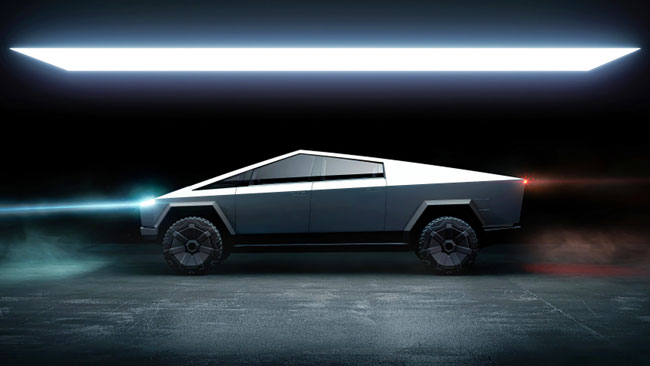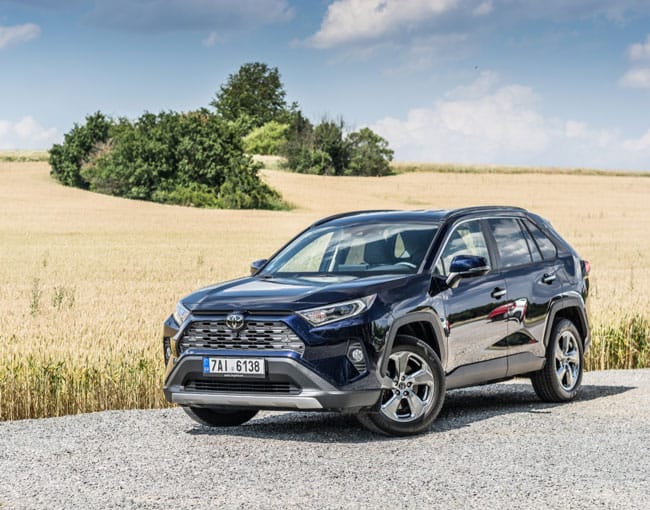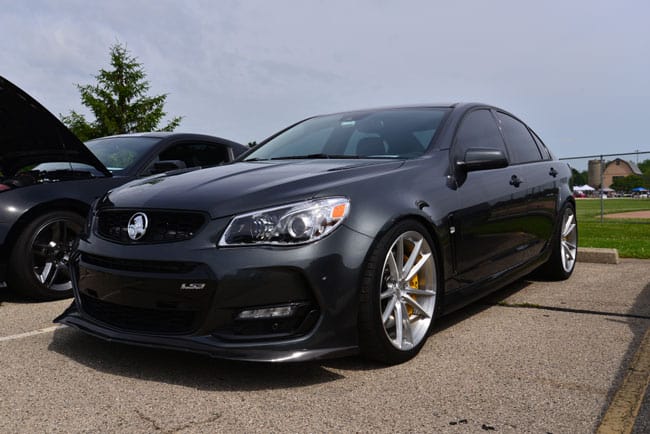Automotive Industry in review: 2019
2019 was certainly a chaotic year in the automotive world, with the industry continuing to undergo tremendous evolution as a result of technological disruption that is changing the face of the industry.
From the rise of electric vehicles (EVs) to the decline of the beloved Commodore, 2019 certainly left its mark. So, as the decade comes to a closer and 2020 brings about fresh optimism and perspective, let’s take a look at some of the events that shaped the automotive industry in 2019.
Electric Vehicles
2019 was a big year for electric vehicles globally, even if the sales figures in Australia don’t quite reflect it.
A number of fully electric models made their way into the country – the Nissan Leaf, Hyundai Kona and Ioniq, Renault Zoe, Mercedes EQC, Jaguar i-Pace among them, not to mention the increasing presence of Tesla.
However, public support for EVs is yet to fully get off the ground, with range anxiety, environmental impact of recharging vehicles, cost and a lack of charging infrastructure still at the forefront of arguments against the technology.
This has caused Australia to fall well behind in terms of EV uptake, with lagging federal government intervention pulling Australia further behind.
As a result, manufacturers are declining to import their full range of new EV models, as they fear the demand for EVs does not make it financially viable at this stage.
The issue of charging infrastructure is slowly being tackled by government agencies as well as companies such as Tritium, Chargefox and Evie, with work commencing late in the year on Australia’s largest ultra-fast charging network being just one example of improved infrastructure becoming increasingly available.
EVs will continue to be a heated topic as we head into the 20’s. The groundwork is being laid in terms of charging infrastructure and due to technological improvements in lithium-ion batteries, vehicle range is on the up. But it remains to be seen if Australia catches the EV bug and joins Europe, Asia and America in widely accepting the new technology.
Tesla

Speaking of EVs, one of the biggest talking points of 2019 was no doubt the unveiling of the highly anticipated Tesla Cybertruck.
Not one to do things quietly, Elon Musk hosted an online event to unveil Tesla’s latest creation, the Cybertruck, in one of the internet’s biggest events of the year.
Advertised as the world’s toughest pick-up truck to ever hit the market, Tesla claimed that the Cybertruck was unbreakable. The windows were shatterproof, and the body of the vehicle bulletproof.
What followed was a demonstration that will be remembered for years to come. To showcase just how tough this beast was, a Tesla employee threw a metal ball at one of the vehicle’s windows to prove the shatterproof claims. Smash. The window shattered. So, they tried again. Smash. Another window cracked.
And yet, the stunt has appeared worked. In November 2019, Musk tweeted that more than 200,000 Cybertrucks had been pre-ordered. Of course, by pre-ordered he meant a fully refundable $US100 deposit had been laid, but you can’t deny the hype received for the Cybertruck in certain circles of the automotive community.
The Cybertruck is expected to hit the road late by 2022 and has the potential to shape the automotive landscape through the 20’s.
Rise of the SUV

While new car sales in general have been on a downward trend, the SUV and light commercial vehicle segments have seen a sharp rise in sales recently, with 2019 being the year where many manufacturers turned their back on the sedan in favour of the larger SUV.
Holden, Hyundai, Mitsubishi, and Nissan are just some of the manufacturers who have either discontinued sedan models or shifted to prioritise new SUV models recently as they look to make their mark on the profitable sector.
It’s no coincidence that many manufacturers have put an end to sedan options in favour of the family sized SUV. In 2019 (as of November’s figures) 66.5% of new car sales have come from SUVs and light commercial vehicles, while 30% come from sedans. Comparatively, just five years ago SUVs and light commercial vehicles made up 49.4% of total new car sales, while sedans had a 47.9% market share.
Declining car sales
2019 was another down year in new car sales, with figures showing Australia is on track to return their worst sales figures results since 2011.
November marked 20 straight months of declining sales, with tighter lending criteria making it harder to secure a loan one of many reasons for the downturn according to FCAI CEO Tony Weber.
“The industry has been looking for a lift for some time now and has activated multiple levers to achieve some stimulation, including incentives, sales and special vehicle editions. However, the appetite for new vehicles remains suppressed,” said Weber.
On the back of low interest rates and increasing market competition due to the arrival of new manufacturers, new car sales in Australia peaked in 2017 with 1.189 million vehicles sold.
However, 2019 has seen just 978,628 sales through November, an 8.2% decrease on the same figure 12 months prior.
With plenty of new arrivals expected in 2020, including at least eight new EV models, as well as the continued rollout of Toyota’s hybrid options that are expected to account for one-fifth of the company’s sales, there is optimism that the tide will slowly start shifting and new car sales will begin to grow again through the 20’s.
Demise of the Holden Commodore

Speaking of Holden, 2019 marked the end for the famous Commodore nameplate after 40 years on the road.
Following continued declining sales, Holden has decided the time is right to retire the iconic vehicle that was once the pride of Australian households everywhere.
The top selling vehicle in Australia for 15 consecutive years between 1995 and 2010, the Commodore has suffered from a consumer backed move away from sedans, while the end of local manufacturing is also pointed to as the downfall of the iconic vehicle.
Holden has turned its focus to the budding SUV segment, with the company set to offer the Trax, Equinox, Acadia and Trailblazer SUVs as well as the Colorado ute as part of its remodelled vehicle fleet.
The Takata airbag recall
With car manufacturers still in the process of replacing faulty airbags in some 2.8 million vehicles around Australia due to the global Takata airbag recall first brought to life in 2016, a fresh new Takata recall broke at the end of 2019.
78,000 additional vehicles were named in the latest recall, which came as a result of the NADI 5-AT inflator being faulty.
The recall affected vehicles built between 1996 and 2000 from such manufacturers as Audi, BMW, Ford, Honda, Mazda, Mitsubishi, Suzuki and Toyota. Due to the cost of replacing the airbags in the older vehicles, Audi and BMW elected to buy-back affected vehicles from owners where possible.
The latest recall came at a less than ideal time for manufacturers. As part of a probe to ensure all faulty Takata airbags from the original airbag recall are off the road, car manufacturers in Australia have until the end of 2020 to prove all defective airbags have been destroyed or risk large fines.
3 Jan 2020









